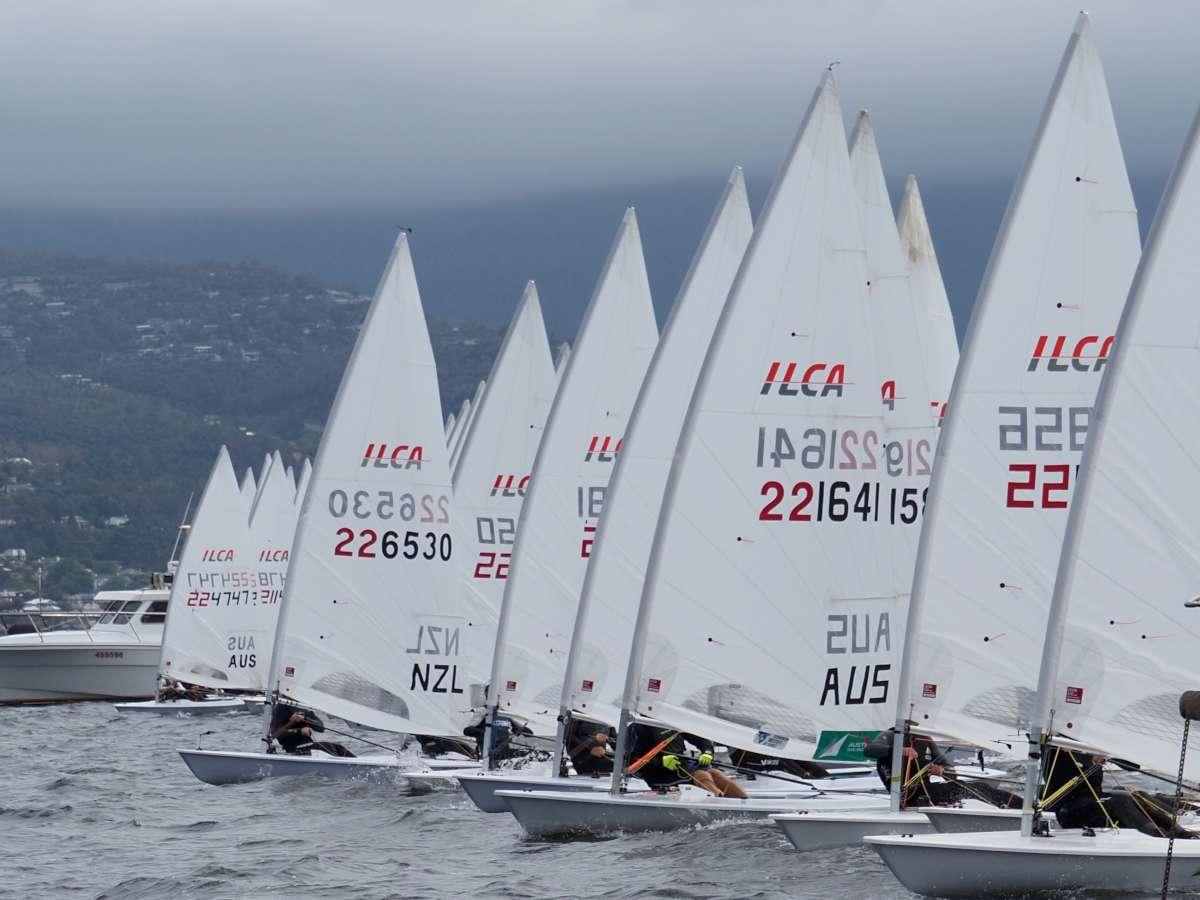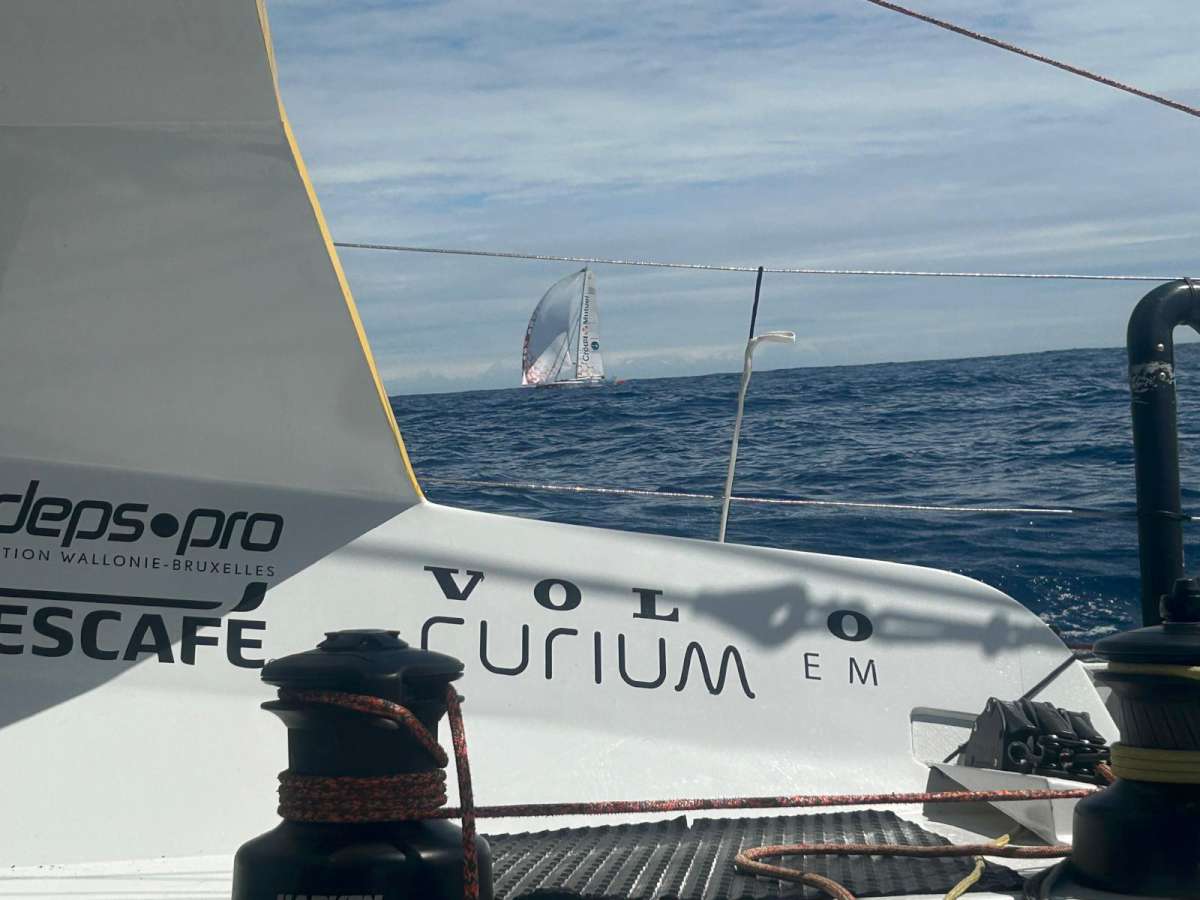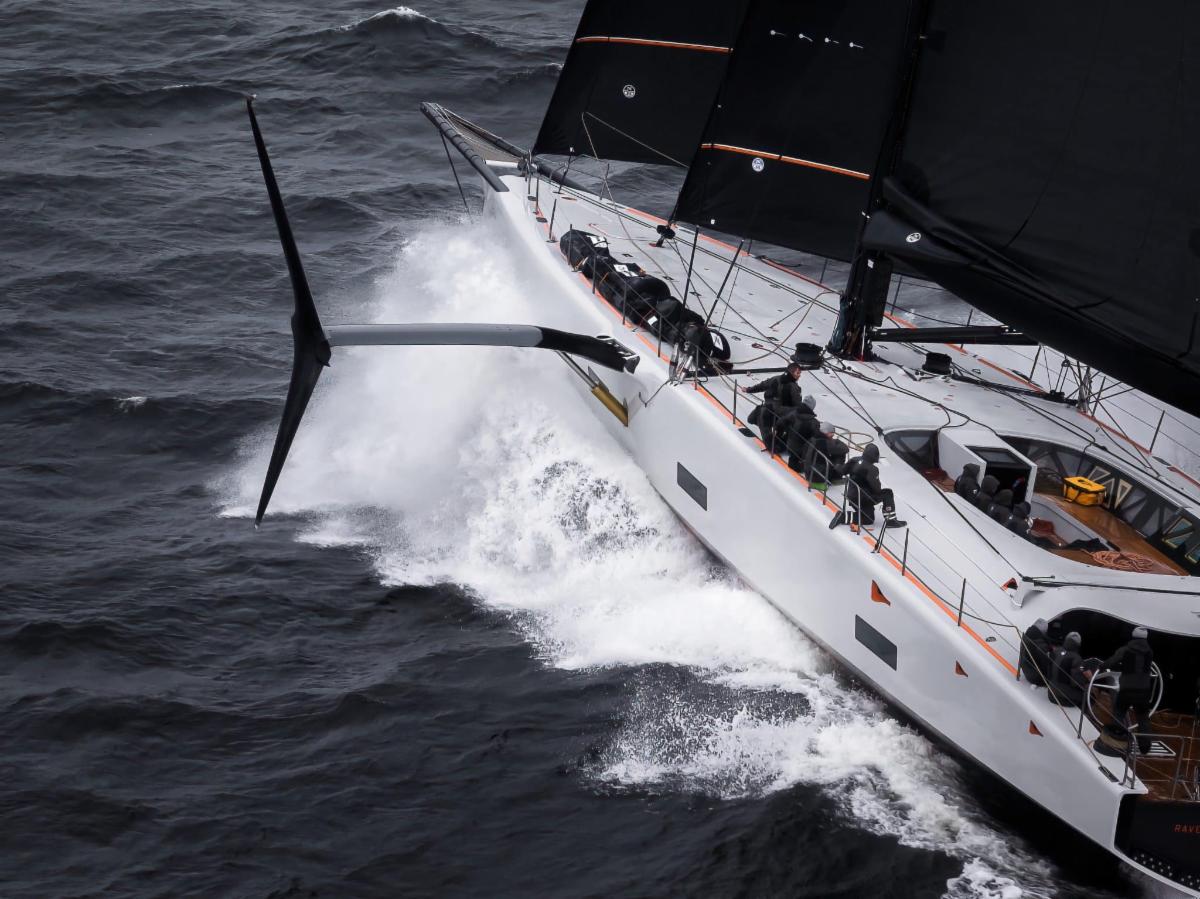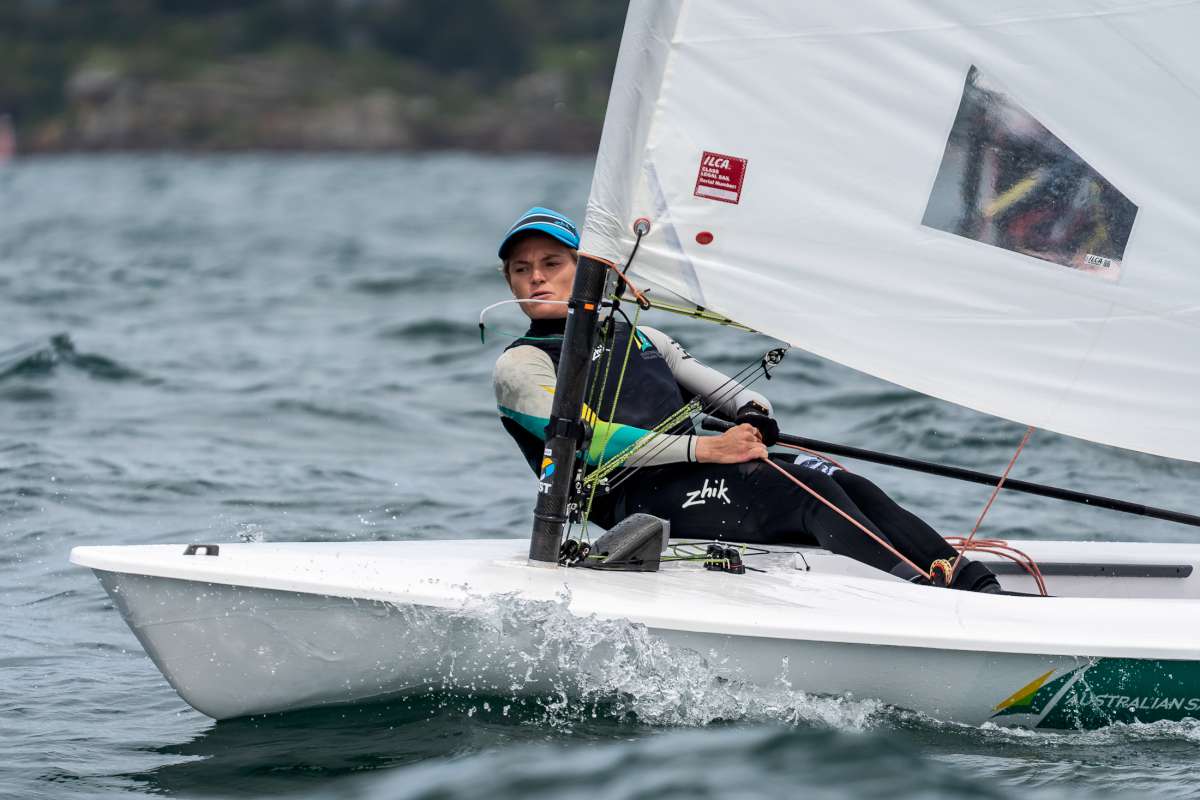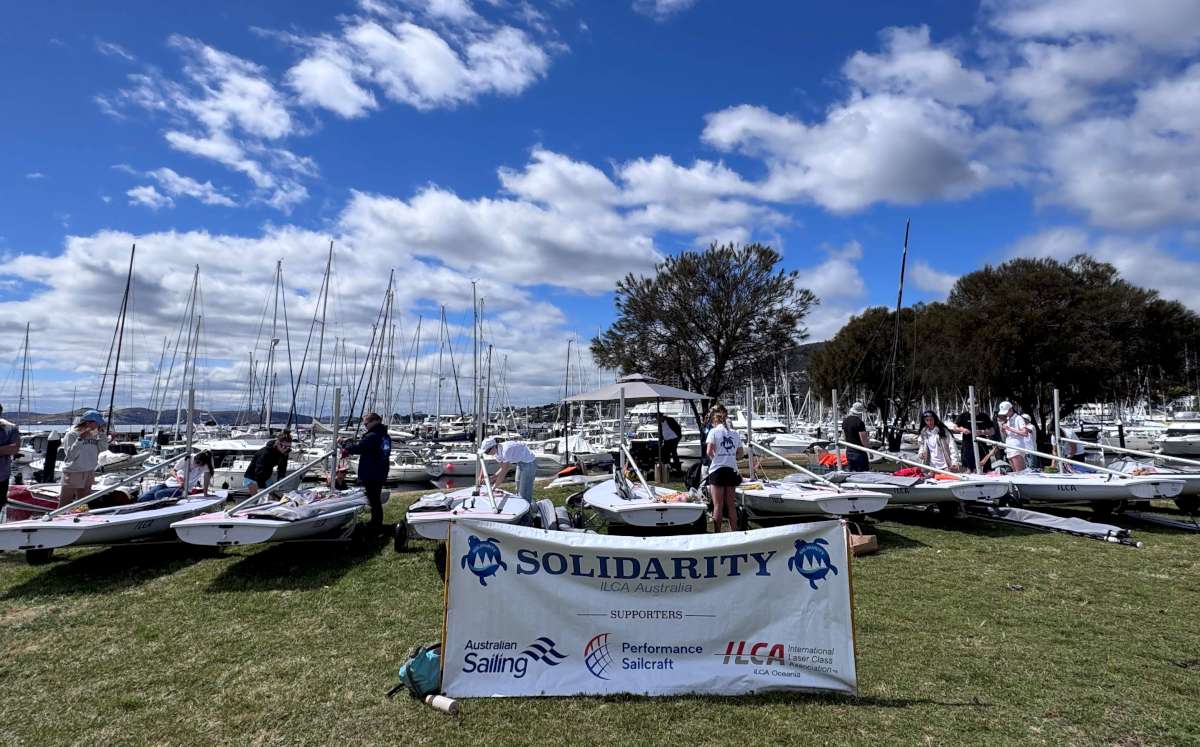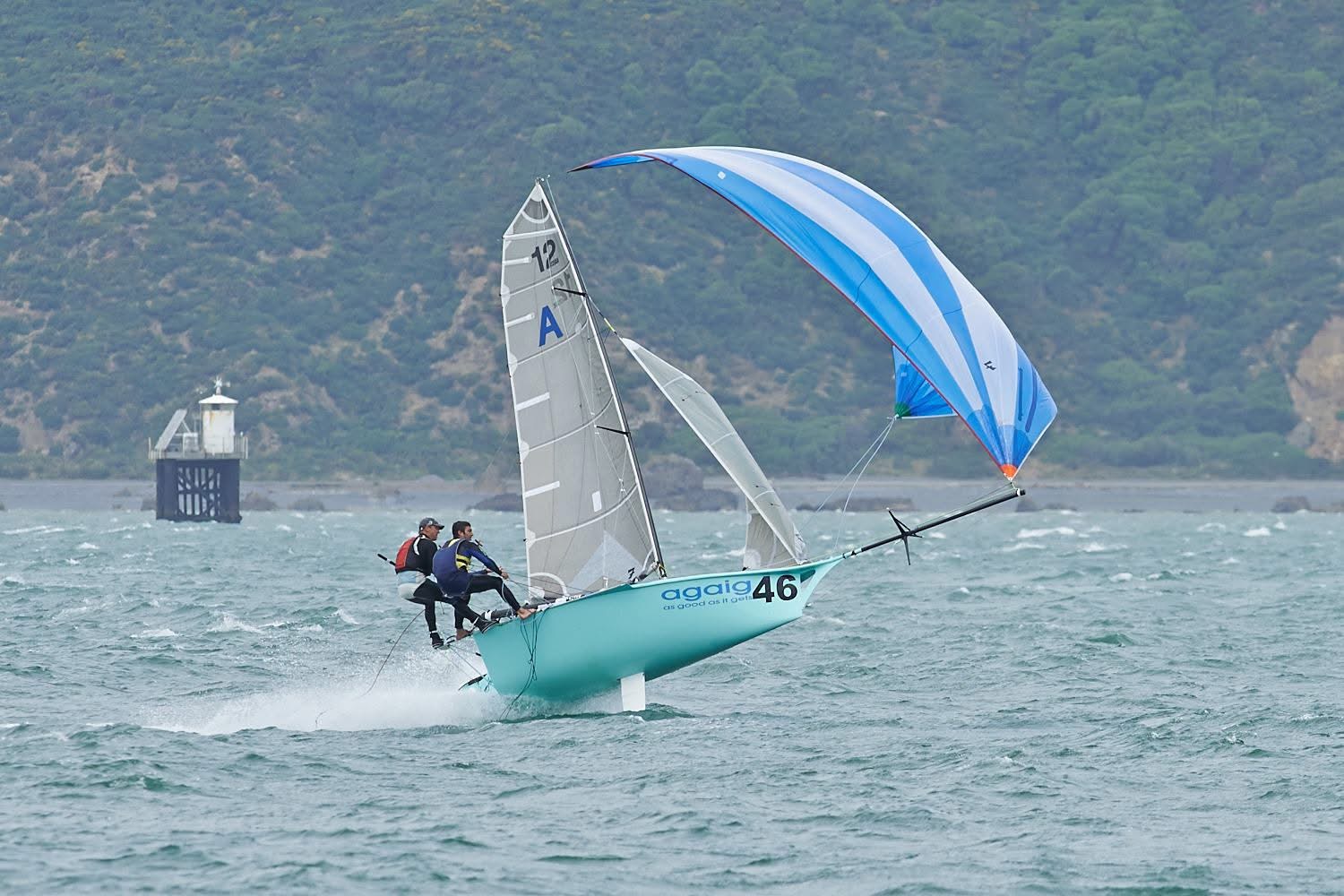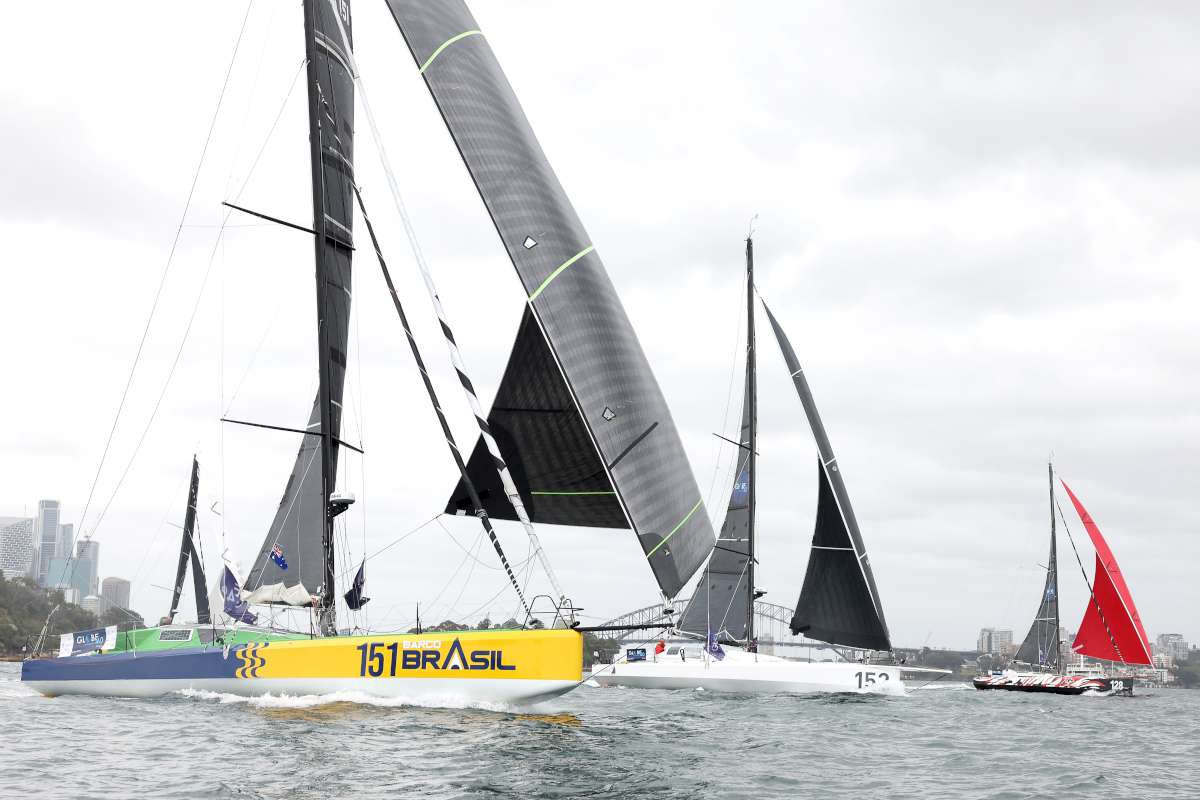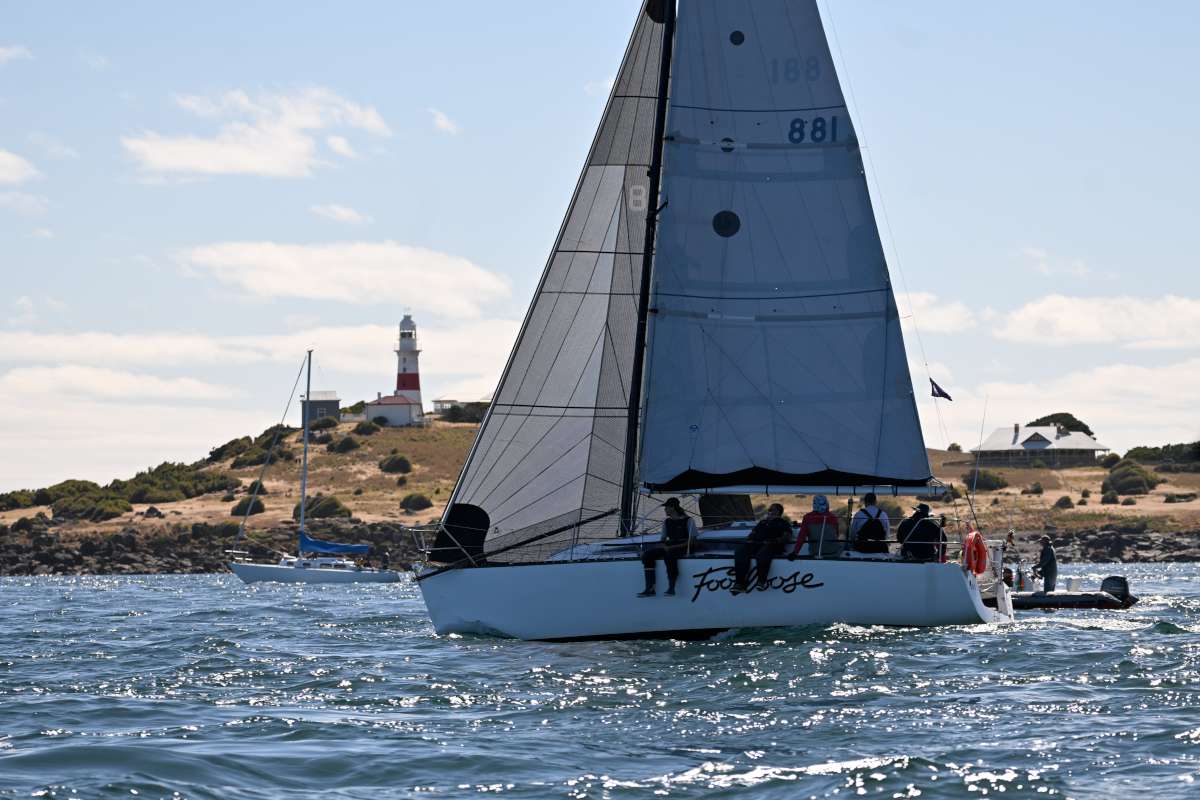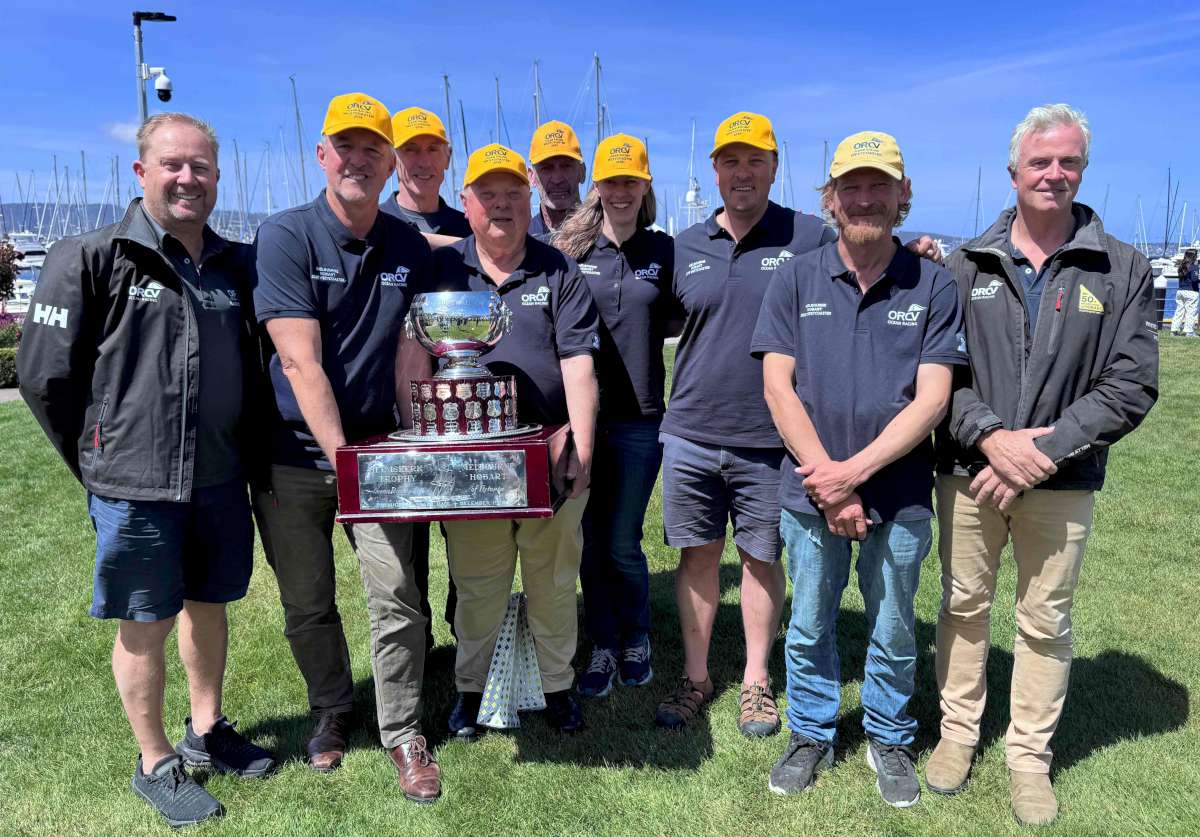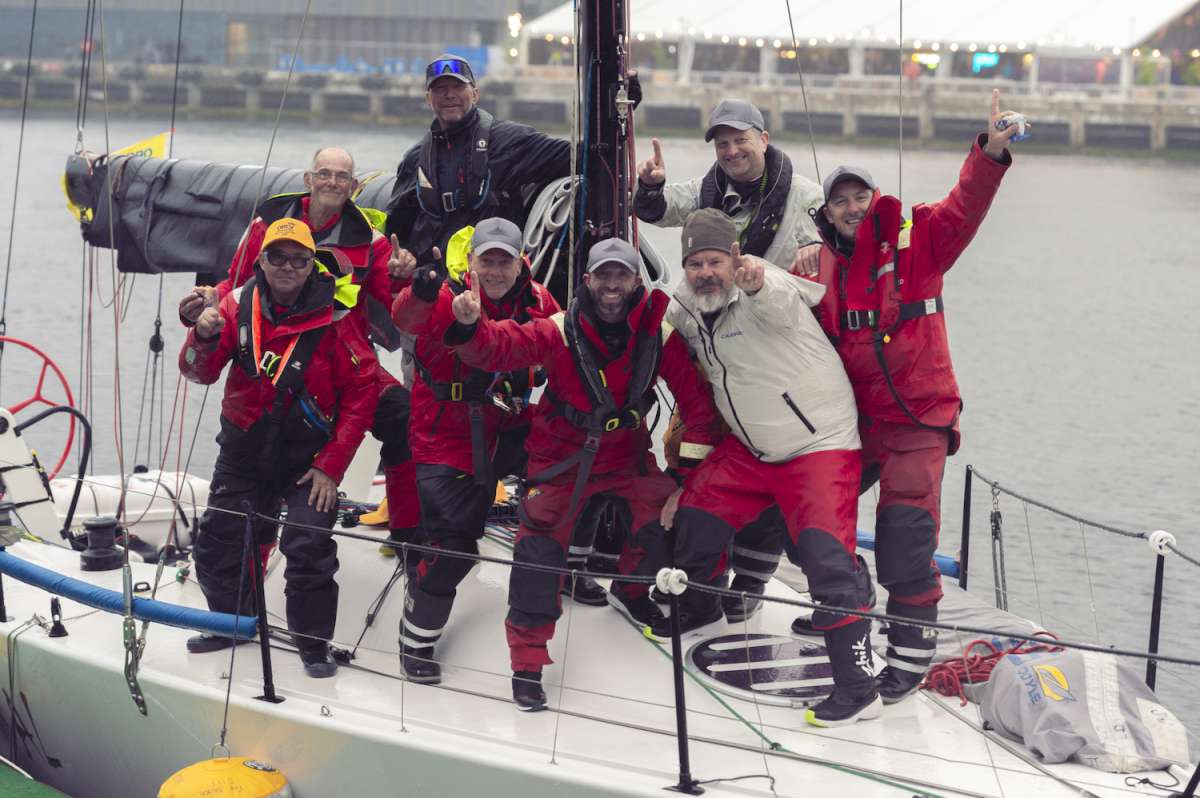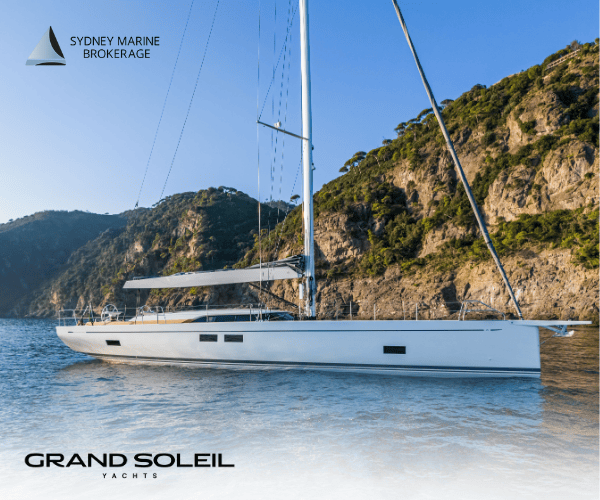Shortly, the winner of the Tattersalls Trophy, the ultimate prize in the Rolex Sydney Hobart Yacht Race, will be awarded to the winning skipper on Constitution Dock. Along with a Rolex watch. I don't know who it will be, which is why I am writing this before the result is known.
I applaud the winning boat, the winning skipper and the winning crew. They will have sailed to the best of their craft's ability and will have beaten all the other boats that are roughly the same size. They deserve to have the boat's name and half model displayed in the CYCA and they deserve to have her name engraved on the trophy.
But I question whether they are in fact the best sailors in this year's race. They might be. But I don't think the IRC handicap system proves that they are.
IRC and ORCi are reasonable systems for handicapping boats in a harbour race, where everyone sails in the same conditions at the same time. But they are woefully inadequate for handicapping a diverse fleet of boats, ranging from 30ft to 100ft long, in a 628 nm race where the fast boats sail in completely different weather conditions to the middle-sized and small boats.
Car Comparison
Trying to handicap Wild Oats XI, with all her appendages and her professional crew, against an IRC-optimised racer like Ichi Ban, a standard production boat like the Sun Fast 3600 Kraken and a beautiful old classic like Maluka of Kermandie is totally impossible using existing formulas.
Let's use a car analogy. If we were organising a car race from Sydney to Perth via Adelaide it would technically be possible to handicap a Formula One race car, a souped up and tricked out Audi sports car, a standard family saloon and a vintage FJ Holden. We could work out what average speed each should be able to do and handicap from there.
But then let's look at the variables. What happens if the F1 goes through Adelaide in rush hour and the Audi gets there at 3am when there's no traffic? If the F1 finds itself behind a B Double road train it can quickly overtake, whereas the FJ might be stuck behind it for hours. What if there's a torrential downpour where the Audi is driving but the standard family saloon, 200km behind, is on dry roads.
Then there are the tyres. The F1 team has slicks if it starts to rain, intermediates, dry tyres… and the multi-millionaire owner has professional teams following in a helicopter who can make the change in 8.6 seconds. The Audi owner has a spare set at Ceduna so he's driving on good tyres all the way, but if the FJ owner gets a puncture he has to put on the spare, which is down to the canvas.
Then there's the drivers. The F1 team has six professionals changing every two hours. The Audi owner is an accomplished amateur and has paid two professionals to share the load. The standard family saloon owner has two of his mates along, all of whom have been driving for years but one is about 20% slower than the others. The FJ driver shares the driving with his son, who only got his licence last year…
You get the picture?
Solution?
So the call goes out for Stan Honey. Stan was the navigator on Comanche, the man who invented the virtual 10 yard line that appears on TV screens during American Football, the man who designed all the brilliant TV displays that made watching the America's Cup so compelling.
Come on Stan, help us out here. There must surely be a way a computer genius like you can develop a fair system for handicapping ocean racing.
The wind and wave conditions are the biggest problem when calculating a winner. As we saw this year, the big boats were wallowing while the smaller ones were sailing downwind in 15 knots. So the IRC leaderboard is full of Division 3 and 4 boats, with the big boats dead motherless last. Yet it's possible to argue that the big boats were sailed better than the small ones, just because of the quality of their crews.
I had coffee with Will Oxley a few years ago at a time when he was “virtual sailing” a boat around the world based on the past 10 years of weather data, so he could tell Juan K, the designer of the Volvo 70 Camper, what percentage of the time the boat would be running, beating and reaching in the Volvo Ocean Race.
Can someone like Stan Honey or Will Oxley design a program that will “virtual sail” the Sydney Hobart in the weather conditions expected for the race? (The BOM forecasts have been very accurate for the last two years at least.)
The program would send off a whole fleet of yachts, covering the whole spectrum of IRC handicaps, to find the ultimate course and therefore the best possible finish time that could be achieved in those conditions. This would become the correction factor.
At the end of the race each yacht's finish time would be corrected for its IRC rating, as is done now, then multiplied by its correction factor. So let's say a yacht with a handicap of 1.047, like Wild Rose, had an IRC corrected finish time of 3:08:48;06. The virtual yacht which had that handicap, sailing the ultimate course, finished in 2:54:12:00. I'm no mathematician so I'm not going to calculate that as a percentage, but you can see where I'm coming from. We find what the perfect score would be for each yacht given the prevailing conditions, then compare that with the actual time to find out which yacht sailed best against its potential.
Help me out here! I'm running an idea up the flagpole to see if anyone salutes. There just has to be a better way.
But I still acknowledge that this year's winner of the Tattersalls Trophy will have sailed a bloody good race!
– Roger McMillan, Editor





